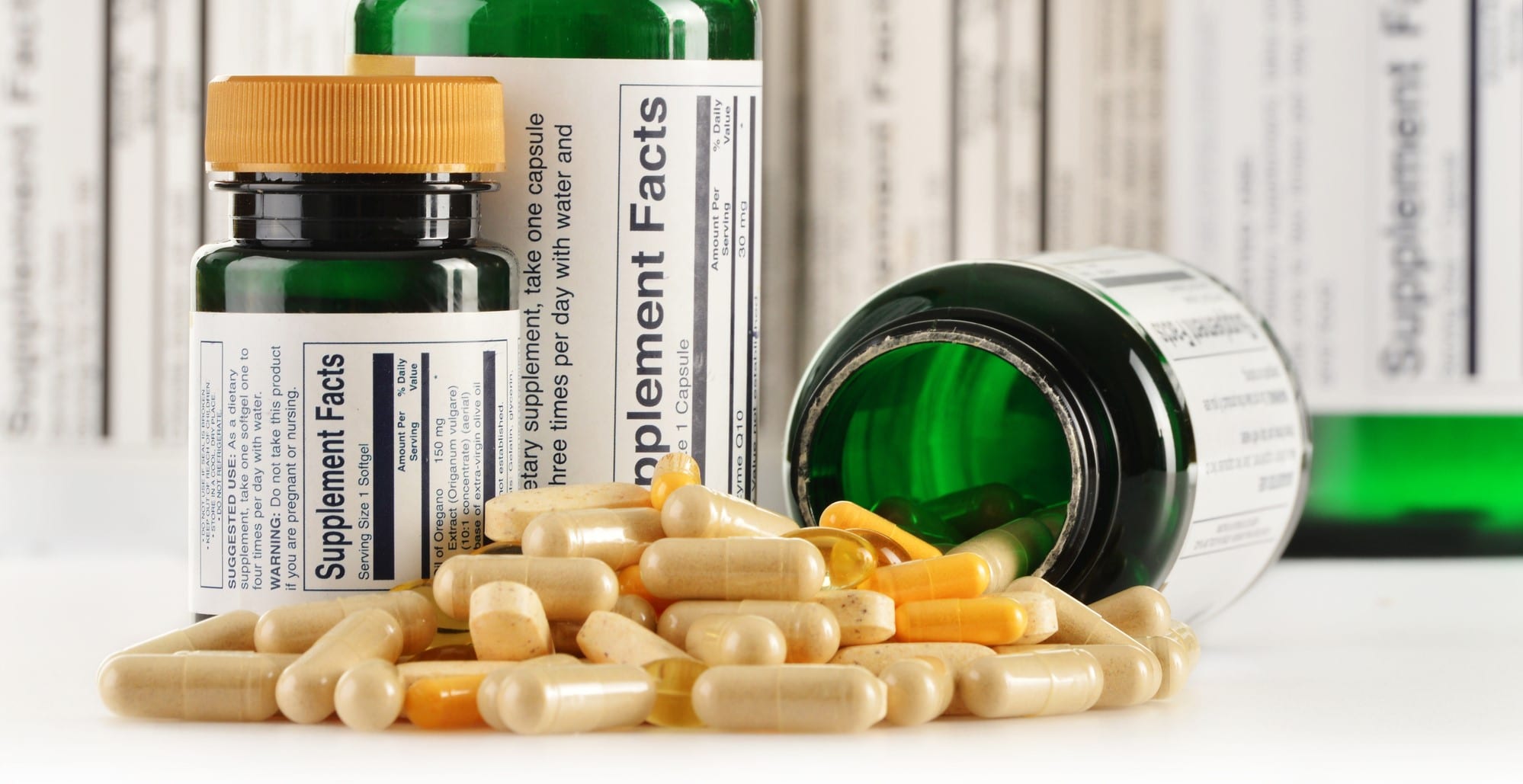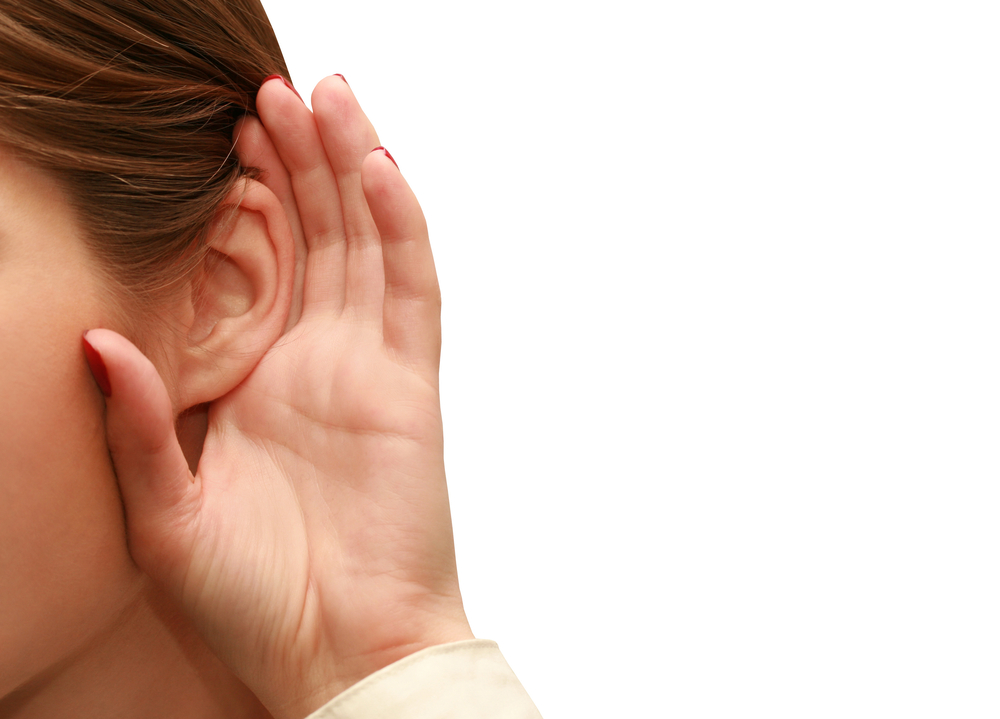
Clinical trials have a reputation for being massive expenditures, with budgets easily running to the millions. While this may be the case for certain pharmaceuticals, botanically based products can be studied in human trials for a fraction of that cost.
While the average nutraceutical, herbal supplement, or aromatherapy clinical trial can be conducted for far less than a pharmaceutical trial, the cost still varies dramatically, depending on key factors. Depending on your product's unique needs, some of these factors provide ways to reduce the trial budget without compromising quality.
1. YOUR STUDY POPULATION
Who is the end user of your product? The FDA and FTC both require that studies used to substantiate product claims are conducted on people who actually match your product's target market. Studies must be applicable to your users, which means our team must recruit a highly specific study population to demonstrate your product's effects. These participants must also be individuals who are likely to respond to your product. For example, if your product is an essential oil blend, to demonstrate its effects, our team needs to locate individuals who are not already using your product. The more common your end user, the less expensive it is to recruit participants, screen them for inclusion criteria, obtain informed consent (and assent, in the case of minors), and monitor them for adherence to the protocol. Wherever possible, our team will recommend the largest possible participant population. This ensures that your overall costs are kept low and that the study's effects are generalizable to the largest group of users possible.
2. Sample Size
Study cost is determined in large part by the total sample size required to meet your objectives. Our team will conduct extensive analysis to ensure the risks of type 1 (false positives) and type 2 errors (false negatives) are minimized, supplying you with the perfect sample size for your trial. A study that is too small is likely to produce false negatives, but a study that is unnecessarily large stretches the budget without offering any additional benefit. The end result of both of these situations is the same: wasted research funds.
Our team of methodology experts can help you identify exactly how many people are required so that we can document the effects of your product, maximizing that valuable research budget. And if you still need a reduction in the sample size to help a study fit into your budget, our team can make methodologically-sound recommendations that allow you to meet your objectives without risking your investment on a project that would be likely to fail.
3. STUDY Duration
The total amount of time it takes your product to work also influences cost. If your product has immediate effects such as calming stage fright or providing a quick energy boost, the entire data collection period can occur relatively quickly, keeping the budget small. However, if your product requires 6-12 months of intervention to reduce effects of a chronic condition, the study budget grows by the month. If you are looking to reduce total costs for your study, our team may recommend proxy outcome measures that can shorten the duration of your trial to better fit your budget.
4. Outcome Measures
Developing and selecting outcome measures that are the perfect fit for your product's effects are our specialization. Outcome measures can range from self-reported data to extensive lab work. Clinically invasive data collection is much more expensive than proprietary noninvasive tools. More importantly, this extra expense delivers little to no return and may even reduce the quality of your trial. Our team will evaluate the primary outcome of interest and determine the most accurate and cost effective way to measure your product's effects.
5. Comparison
What is your product up against? Does it need to show that it is more effective than a placebo or a highly effective standard of care? The comparison treatment has a direct influence in your product's effect size, which influences the power of your trial. In other words, the competitor in your trial determines how many people you have to include.
For the vast majority of structure/function claims and OTC drug substantiation studies, a placebo control group is the optimal comparison, allowing our team to keep overall costs low. However, in highly competitive markets, a placebo comparison may not provide enough evidence to convince clinicians and decision makers of your product's superiority.

Study Outcomes: Why Less is More
Outcome measures are among the most critical decisions in clinical trial design. After all, this is what determines whether or not your product was...

Natural Health Product Claim Requirements
In the United States, herbal supplements, essential oil supplements, and nutraceuticals fall under the FDA umbrella classification of dietary...
